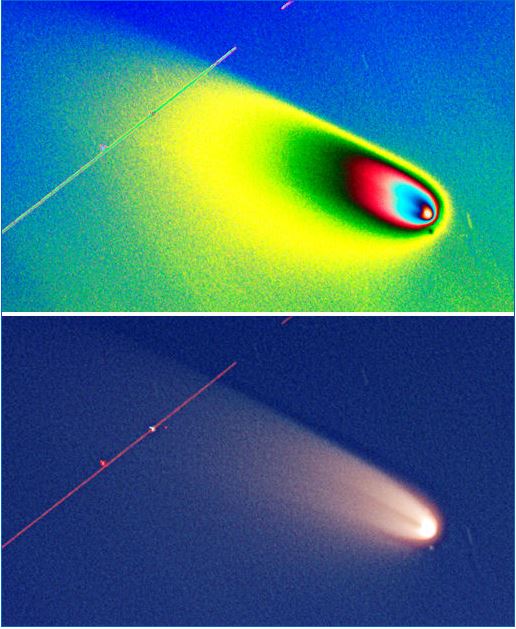OF THE
TIMES
This is sad. And yet, it says more about the zionists, and what they stand for.
Disgust is not a factor with me. I ate these lollipops with insects in them as a kid. I ate fried crickets and mealworms when on vacation in...
What the fuck is going on? What did I just read? 😳
... and count the next one out !
Renowned Chef ambushed and beaten bloody by pro-Israel mob over his anti-genocide, Gaza activism Why should they behave differently than their...
To submit an article for publication, see our Submission Guidelines
Reader comments do not necessarily reflect the views of the volunteers, editors, and directors of SOTT.net or the Quantum Future Group.
Some icons on this site were created by: Afterglow, Aha-Soft, AntialiasFactory, artdesigner.lv, Artura, DailyOverview, Everaldo, GraphicsFuel, IconFactory, Iconka, IconShock, Icons-Land, i-love-icons, KDE-look.org, Klukeart, mugenb16, Map Icons Collection, PetshopBoxStudio, VisualPharm, wbeiruti, WebIconset
Powered by PikaJS 🐁 and In·Site
Original content © 2002-2024 by Sott.net/Signs of the Times. See: FAIR USE NOTICE

...and I also photographed it. A collection of images that I took is here. [Link]